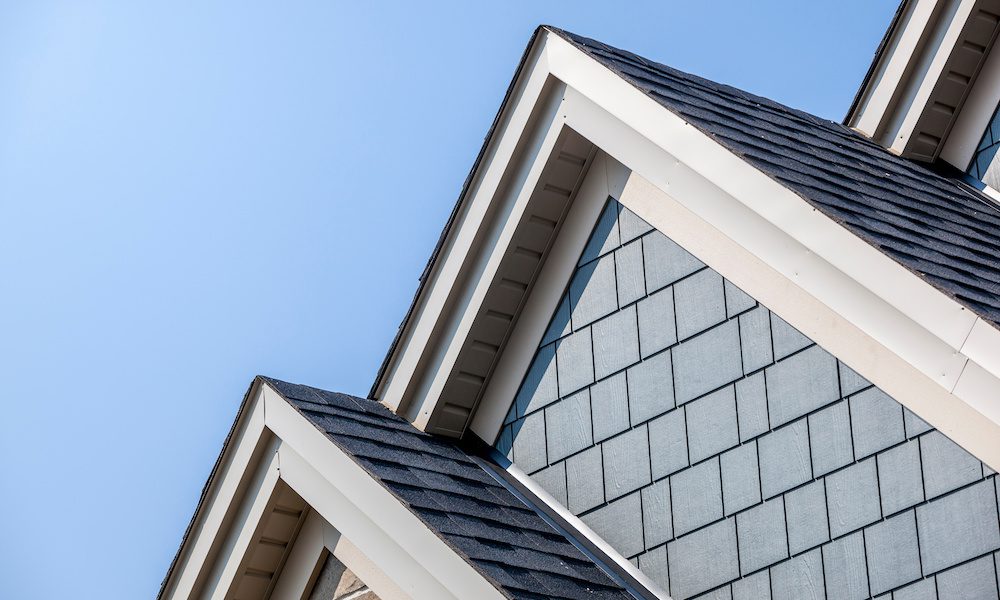What is the difference between a Hip and Gable Roof?

The main difference between a gable and hip roof is that a gable roof has two sloping sides that meet at a ridge, while a hip roof has four sloping sides that meet at the top of the roof. Gable roofs are more common than hip roofs, and they are typically less expensive to build. However, hip roofs are more energy-efficient and provide better protection from the elements.
Here is a more detailed comparison of the two roof types:
Hip Roof
Four sloping sides that meet at the top of the roof
No vertical walls on the sides of the roof
More expensive to build
More energy-efficient
Better at protecting from the elements
Gable Roof
Two sloping sides that meet at a ridge
Vertical walls on the sides of the roof
Less expensive to build
Less energy-efficient
Not as good at protecting from the elements
What’s considered better for home insurance purposes?
A hip roof is better for home insurance than a gable roof and is a discount with most companies. This discount can vary between 5-10% of the “wind portion” of your home insurance premium. Here are some of the reasons why a hip roof is better for home insurance:
Hip roofs are more resistant to wind damage. The sloping sides of a hip roof help to distribute the force of wind, making it less likely to lift the roof off of the home.
Hip roofs are more energy efficient. The sloping sides of a hip roof help to direct sunlight away from the home, which can help to keep the home cooler in the summer and warmer in the winter.
Hip roofs are less likely to leak. The sloping sides of a hip roof help to shed water away from the home, which can help to prevent leaks.
If you are looking for a roof that will provide you with the best possible protection from the elements and the best possible value for your home insurance, then a hip roof is the best option.
What if I have both Hip and Gable? Will I still get a discount?
Many homes are built with a mixture of hip and gable roof designs. This is trendier and more appealing to home buyers than a home that is all hip or all gable. Although each company is different in determining if a hip roof discount can be applied, most insurance companies require 90% of your roof to be hip. The best way to determine this may be to get the linear measurements of the exterior of your home. If the roof slopes down in over 90% of the exterior walls, then your home will likely qualify for a “hip roof credit”.







